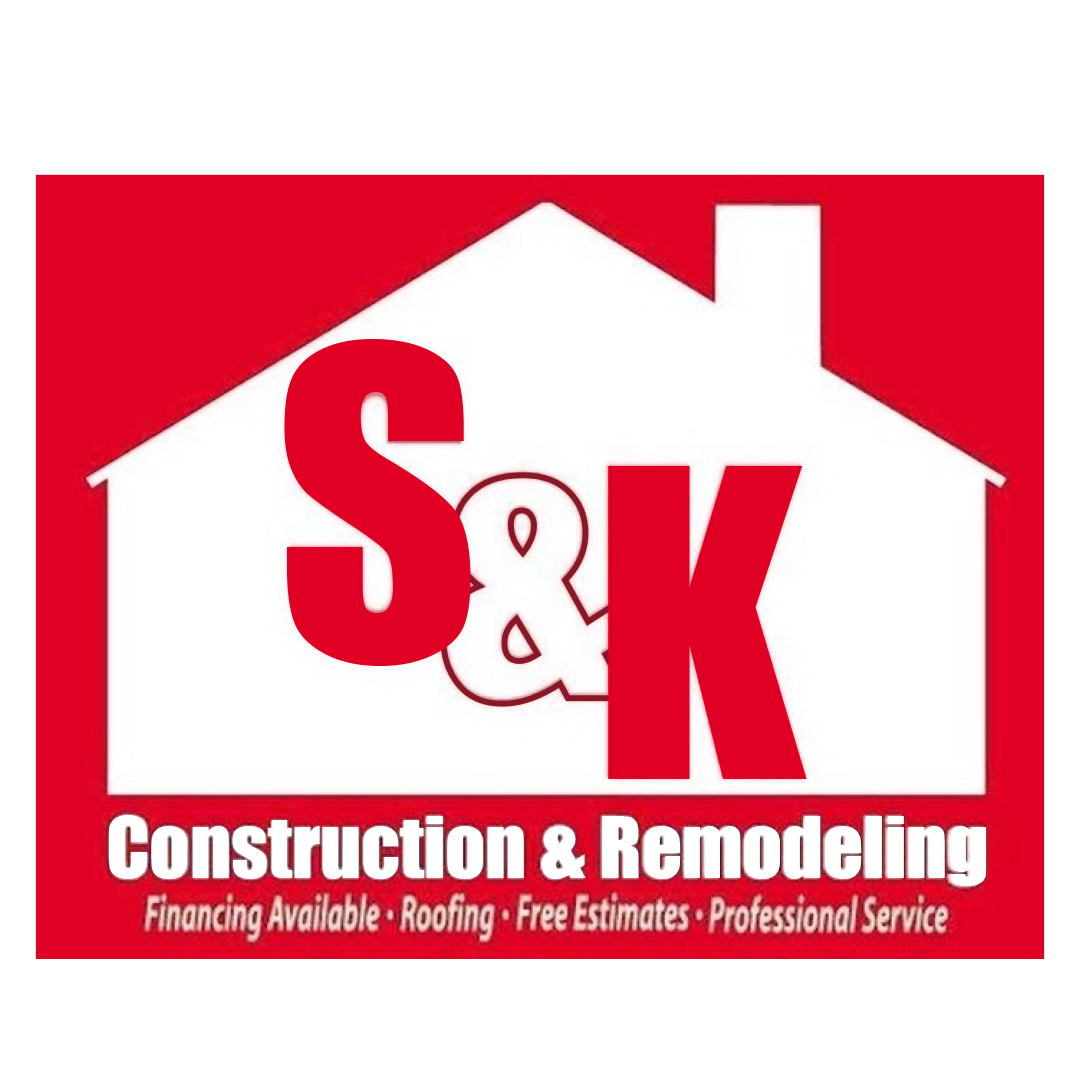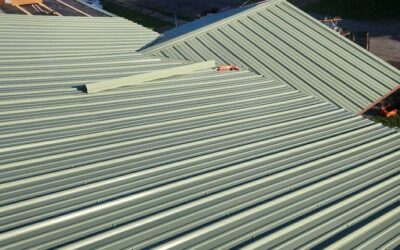Starting a roofing company specializing in shingle installations requires a comprehensive understanding of the tools and equipment essential for efficient, safe, and high-quality work. This guide provides an in-depth overview of the necessary tools, categorized for clarity, to help you establish a successful roofing business.
Essential Hand Tools for Shingle Roofing
Hand tools are the backbone of any roofing operation, providing the precision and control needed for detailed work.
1. Roofing Hammer or Hatchet
A roofing hammer, often with a built-in gauge for shingle spacing, is vital for driving nails and cutting shingles. Its design facilitates both nailing and trimming tasks.
2. Utility Knife
A sharp utility knife is indispensable for cutting shingles, underlayment, and other materials. Opt for knives with ergonomic handles and quick-change blades for efficiency.
3. Chalk Line
Chalk lines ensure straight, accurate lines for shingle alignment, crucial for a professional finish.
4. Tape Measure
A durable, retractable tape measure is essential for accurate measurements of roofing materials and layouts.
5. Pry Bar
Pry bars are used to remove old shingles and nails during roof tear-offs, making them essential for re-roofing projects.
6. Tin Snips
Tin snips are necessary for cutting metal flashing and drip edges, ensuring precise fits around roof features.
Power Tools and Equipment
Power tools enhance productivity and reduce manual labor, allowing for faster project completion.
1. Roofing Nail Gun
A pneumatic roofing nail gun speeds up shingle installation and ensures consistent nail depth, improving overall quality.
2. Air Compressor
An air compressor powers pneumatic tools like nail guns. Choose a portable model with sufficient capacity for roofing tasks.
3. Circular Saw
Circular saws are used for cutting roof decking and other materials. Ensure you have appropriate blades for different materials.
4. Cordless Drill
A cordless drill is versatile for drilling holes and driving screws, essential for installing vents and other roof components.
Safety Equipment
Safety is paramount in roofing. Investing in quality safety gear protects your crew and complies with regulations.
1. Fall Protection System
A comprehensive fall protection system includes harnesses, lanyards, and anchors, safeguarding workers from falls.
2. Roofing Brackets and Planks
Roofing brackets, or roof jacks, support planks to create stable working platforms on sloped roofs. They are essential for safety and efficiency.
3. Ladder Stabilizers
Ladder stabilizers prevent ladders from slipping, providing secure access to the roof.
4. Personal Protective Equipment (PPE)
Equip your team with hard hats, safety glasses, gloves, and non-slip footwear to protect against common job site hazards.
Material Handling and Cleanup Tools
Efficient material handling and cleanup maintain a safe and organized worksite.
1. Roofing Shovel
A roofing shovel, or shingle remover, is designed to strip old shingles and nails efficiently.
2. Magnetic Sweeper
A magnetic sweeper collects stray nails and metal debris from the ground, preventing injuries and equipment damage.
3. Tarps
Tarps protect landscaping and collect debris during tear-offs, facilitating easier cleanup.
4. Wheelbarrow or Debris Container
Use wheelbarrows or designated containers to transport and dispose of roofing debris safely.
Measurement and Layout Tools
Accurate measurements and layouts are critical for quality roofing installations.
1. Framing Square
A framing square helps ensure accurate angles and measurements, particularly for hip and valley cuts.
2. Laser Measuring Tool
Laser measuring tools provide quick and precise distance measurements, improving efficiency in estimating and layout.
Specialty Tools
Certain roofing tasks require specialized tools to achieve professional results.
1. Roofing Cutter
Roofing cutters are designed for cutting shingles and underlayment with precision and ease.
2. Moisture Meter
A moisture meter detects moisture levels in roofing materials, essential for diagnosing leaks and ensuring proper installation conditions.
3. Heat Gun
Heat guns are used for tasks like sealing membranes and removing old paint or adhesives.
Transportation and Storage
Efficient transportation and storage solutions keep tools organized and accessible.
1. Work Truck with Ladder Rack
A reliable work truck equipped with a ladder rack facilitates the transport of ladders and long materials.
2. Toolboxes and Storage Bins
Organize tools and supplies in durable toolboxes and storage bins to protect them from damage and loss.
Conclusion
Equipping your roofing company with the right tools and equipment is a foundational step toward delivering quality workmanship and ensuring safety. Investing in reliable, professional-grade tools enhances efficiency, reduces labor costs, and positions your business for success in the competitive roofing industry.
 (440) 307-2060
(440) 307-2060


